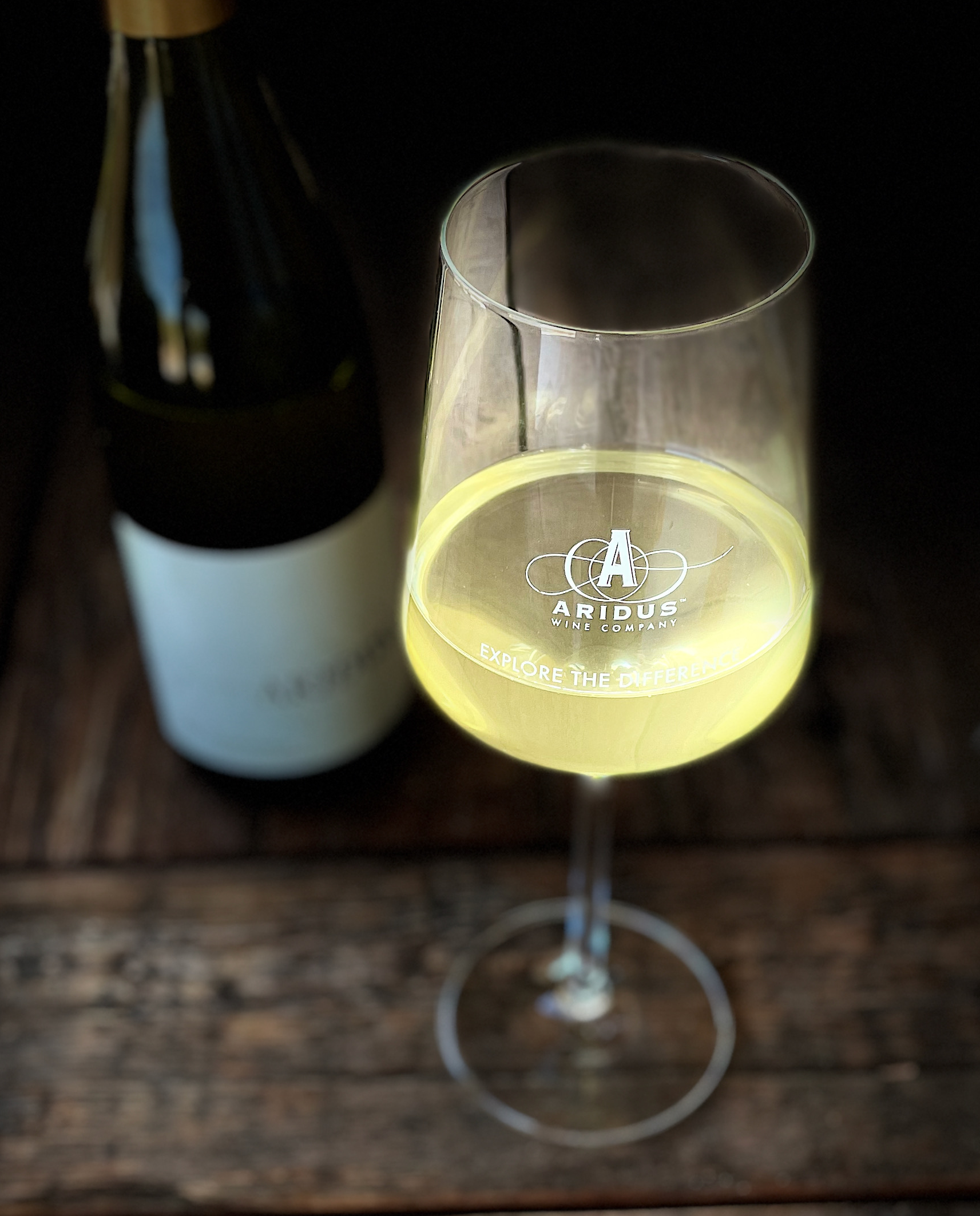Is Chardonnay Sweet or Dry? All About The Popular White Wine
Produced in Old and New World countries, Chardonnay is the most popular white wine on earth. According to Statista, in 2018 over a quarter of wine-drinking Americans (25.63%) aged 18 to 29 years stated that they bought Chardonnay in the past 3 months!
So, what is Chardonnay exactly, and what is it about the taste profile that gets folk so excited?
Perceptions of Sweetness
The popular white wine is made from the green-skinned Chardonnay grape, which is a cross between the Pinot Noir and Gouais Blanc varieties. The question, “Is Chardonnay sweet or dry?” may seem easy to answer, but when we delve deeper, things get slightly more complicated.
Put simply, Chardonnay is typically produced as a dry white wine, as opposed to sweet, and is often medium- to full-bodied. But this doesn’t mean there isn’t any sweetness to speak of!
It’s important to keep in mind that ‘sweet’ can mean different things for different people. Wine professionals use the term ‘sweetness’ to refer to the amount of residual sugar in a wine. But the taste sensation of sweetness isn’t always due to the sugar content of a wine. More often than not it’s an interplay of factors including not only sugar content, but also fruitiness, oak-derived flavor compounds, alcohol content and more. We associate fruit with sweetness and many wines, including Chardonnay, have prominent aromas and flavors of fruit. What’s more, some of the most popular styles of Chardonnay spend some portion of time in contact with toasted oak. During this time, the sugar compounds present in the wood are extracted into the wine. Even alcohol itself is perceived as slightly sweet.
Aridus’ Chardonnay is the perfect example, with complex aromas of lemon peel and butterscotch integrated with bright pear and buttery flavors. This classic Chardonnay achieves both bright fruit and rich oak spice.
Chardonnay’s Fantastic Flavors
The flavors in Chardonnay come from the grape itself, the winemaking process, and aging.
Choose a wine made from grapes grown in cooler climates if you prefer lighter-bodied, elegant wines that are lower in alcohol (approximately 13.5% ABV) and that feature acidic, citrusy, zesty, green apple, pear, apricot, and minerality flavors.
Alternatively, choose a Chardonnay made from grapes grown in a warm climate for a rounder, full-bodied dry white wine with higher alcohol (approximately 15% ABV )and ripe, rich, tropical fruit flavors such as papaya, pineapple, and yellow peach.
But wait – there’s more.
You also need to consider the secondary flavors that are produced during the winemaking process, such as when the wine is aged in oak barrels or flavored with wooden chips or staves. The origin and size of the barrel, as well as the toast level and the amount of time the wine spends in contact with it, determines the intensity of those secondary flavors, the first group of which includes vanilla, coconut, and spices such as nutmeg and cinnamon.
We’re proud to say that the fruit for our 2015 Chardonnay is sourced from Presqu’ile Vineyards on September 27th 2015. Located in the heart of Santa Barbara County's Santa Maria Valley, Presqu’ile Vineyards is a well-regarded vineyard and producer praised for its fine fruit.
After fermentation over 14 days, our Chardonnay is placed into oak to age for 26 months. The result is an exceptional white wine with a buttery, creamy texture that simply melts in your mouth.
For an extra touch of sophistication, our Chardonnay Barrel Select has an additional amount of aging, extended to 44 months. The oak barrels are personally selected by Lisa Strid, our dedicated and innovative Winemaker. The result is a luxurious white wine that boasts structure, elegance, and a unique sense of personality that comes with time.
Pairing Chardonnay With Food
No good answer to the question, “What is Chardonnay?” is complete without mentioning that it’s a wine that is wonderfully versatile for pairing with food. A good rule of thumb when deciding on pairings is to pair wines with dishes that have a similar ‘weight.’
The crisp, fresh, light-bodied, and unoaked Chardonnay taste is a perfect accompaniment to oysters and other shellfish, delicately flavored fish, and goat’s milk cheese, and other fresh cheeses. Choose a medium-bodied unoaked or lightly oaked wine to pair with firm, stronger-flavored fish such as swordfish, chicken, pork tenderloin, and other white meats, and gouda, gruyere, and other aged cheeses.
Select a full-bodied, rich, oaked Chardonnay for grilled meat dishes that have a higher fat content, such as steak bearnaise. You also can pair a full-bodied oaked wine with rich fish such as turbot, dishes accompanied by a heavy cream sauce, game birds such as quail, and a good, strong cheddar cheese.
Chardonnay Is Chic
After Chardonnay’s popularity skyrocketed in the late 1980s, it remained at fever-pitch for the next decade, so much so that it came to be seen as the 90s in a bottle.
After falling from grace for a few years due to snobbery and the many wines that were over-oaked at the time, the varietal’s fortunes revived. Today Chardonnay is once again one of the most popular white wines not only in the USA, but the world.
Now that you know the answer to “Is Chardonnay sweet?” try a bottle of our 2015 Chardonnay for yourself. Given the wine’s versatility and varied taste, it’s easy to see why Chardonnay is a firm favorite in the world of wine.

